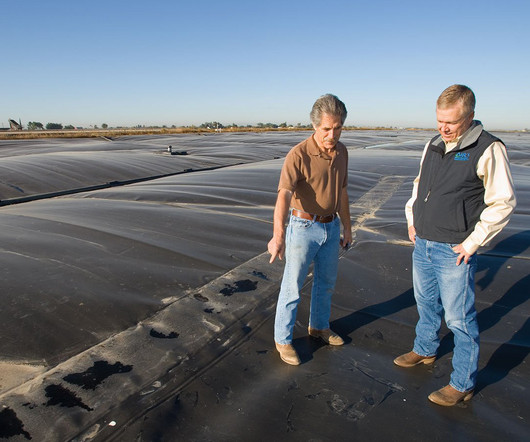BETO Announces that Scientists from Multiple National Labs Are Finding New Ways to Convert Carbon Dioxide into Affordable Biofuels and Bioproducts
Brag
JANUARY 24, 2023
BETO states that methanol has “rich potential for uses that contribute to lower greenhouse gas emissions and help in the fight against climate change.” According to BETO, the goal is to identify catalysts that can make beneficial products, such as sustainable aviation fuel, efficiently and selectively.

















Let's personalize your content